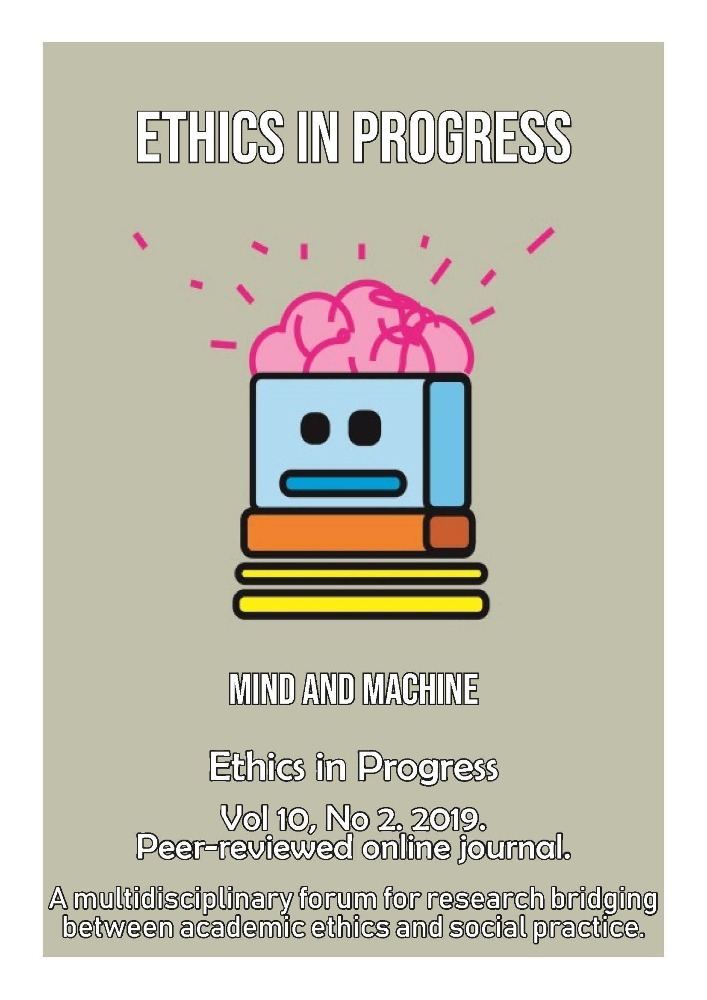Abstract
The article focuses on the socio-spatial accessibility of the city, taking into account the phenomenon of a digitally expanding urban environment: new-media mobility conditions, intermedia dataflow, hybrid space. Therefore, turning to the problem of access and to urban mobile applications complements the problem of access to the city itself. Particular attention is focused on mapping applications, considering mapping as an expression of active city exploration “from the inside” and the process of cooperative spatial knowledge production, characterized by a critical approach. Urban mapping applications dedicated to people with disabilities can be not only a form of support when they move around the city, but also a kind of tool for co-shaping urban space – exposing inequalities and seeking ways to deconstruct socio-spatial “normalization”. In this perspective, people with disabilities, taking advantage of the new spaces of mobile accessibility, place themselves in the role of political subjects, co-creators of space, “mapping citizens” fighting for their rights as urban citizens.
Funding
MNiSW grant 261/ WCN/2019/1 “Wsparcie dla Czasopism Naukowych”
References
Abbott S. & McConkey R. 2006. “The Barriers to Social Inclusion As Perceived By People With Intellectual Disabilities.” Journal of Intellectual Disabilities 10(3):275-87.
Bates P. & Davis F. A. 2004. “Social Capital, Social Inclusion and Services for People with Learning Disabilities.” Disabil Soc 19(3):195-207.
Bourdieu P. 1996. Physical Space, Social Space and Habitus. Oslo: Department of Sociology, University of Oslo & Institute for Social Research.
Bucholtz K., Hall C., & Geertz C. (Eds.) 2006. A Companion to Linguistic Anthropology, vol. 1 (pp. 369-394). Town: Publisher.
Fiszer A. 2016. „Nowe media jako narzędzie usprawniające życie osób niepełnosprawnych.” Studia Krytyczne 2:16174
Freire P. 2005. Education for Critical Consciousness. London – New York: Continuum.
Goggin G. 2012. “Encoding Place: The Politics of Mobile Location Technologies.” In: R. Wilken & G. Goggin (Eds.), Mobile Technology and Place (pp. 189-2012). New York – London: Routledge.
Gordon E. & de Souza e Silva A. 2012. “The Urban Dynamics of Net Localities. How Mobile and Location-Aware Technologies Are Transforming Places.” In: R. Wilken & G. Goggin (Eds.), Mobile Technology and Place (pp. 89-102). New York – London: Routledge.
Harvey D. 2012. Bunt miast. Prawo do miasta i miejska rewolucja. Warszawa: Bęc Zmiana.
Isin E. F. 2000. “Introduction: Democracy, Citizenship and the City.” In: E. F. Isin (Ed.), Democracy, Citizenship and the Global City (pp. 1-21). London: Routledge.
Isin E. F. 2002. Being Political: Genealogies of Citizenship. Minneapolis: University of Minnesota Press.
Isin E. F. 2009. “Citizenship in Flux: The Figure of the Activist Citizen.” Subjectivity 29:367-388.
Kitchin R. 1998. “«Out of Place», «Knowing One’s Place»: Space, Power and the Exclusion of Disabled People.” Disability & Society 13(3):343-56.
Kowalewski M. 2016. Protest miejski. Przestrzenie, tożsamości i praktyki niezadowolonych obywateli miast. Kraków: Nomos.
Lefebvre H. 1996. “The Right to the City.” in: E. Kofman & E. Lebas (Eds.), Writings on Cities (pp. 147-59). Oxford: Blackwell.
Lynch K. 1960. The Image of the City. Cabridge, Mass. – London, England: The MIT Press. Manovich L. 2006. „The Poetics of Augmented Space.” Visual Communication 5(2):219- 40.
Marchese F. T. 2015. ‘The Art of Urban Engagement.” In: F. T. Marchese (Ed.), Media Art and the Urban Environment. Engendering Public Engagement with Urban Ecology (pp. 225-46). New York: Springer.
Marciniak I. K. & Piasny Ł. 2015. „Aplikacje wspomagające poruszanie się osób niepełnosprawnych w mieście. Wstępne studium badań.” Informatyka ekonomiczna 2(36):34-49.
McClimens A., Partridge N., & Sexton E. 2014. “How Do People with Learning Disability Experience the City Centre? A Sheffield Case Study.” Health & Place 28:14-21.
Nacher A. 2016. Media lokacyjne. Ukryte życie obrazów, Kraków: Wydawnictwo Uniwersytetu Jagiellońskiego.
Nacher A. 2014. „Teletechnologie, linie i cyfrowe ślady: od sytuacjonizmu i land artu do sztuki mediów lokacyjnych.” Sztuka i Dokumentacja 11: 71-78.
Nacher A. 2011. „Geomedia – między mediami a lokalizacją.” In: P. Celiński (Ed.), Kulturowe kody technologii cyfrowych (pp. 197-208). Lubin: WSPA.
Rashid M. 2019. “Space Synthacs: A Network-Based Configurational Approach to Studying Urban Morphology.” In: L. D’Acci (Ed.), The Mathematics of Urban Morphology (pp. 199-253). Springer Nature Switzerland: Birkhäuser.
Rybicka E. 2013. „Mapy. Od metafory do kartografii krytycznej.” Teksty Drugie 4:30-47.
Soja E. 2009. “The City and Spatial Justice.” http://www.jssj.org (dostęp19.04.2019). de Souza e Silva A. 2006. “From Cyber to Hybrid: Mobile Technologies as Interfaces of Hybrid Spaces.” Space and Culture 9(3):261-78.
DaSilva J. 2015. “When I Walk. AXS Map.” https://www.wheniwalk.com/ (accessed on 19.04.2019).
Fenton W. 2016. https://www.pcmag.com/commentary/345341/this-mapping-app-ishelping-disabled-new-yorkers-get-around (accessed on 19.04.2019).
Poon L. 2016. https://www.citylab.com/life/2016/06/how-apps-help-people-withdisabilities-navigate-the-city/489128/ (accessed on 19.04.2019).
AXS. Lab. http://axslab.org/ (accessed on 20.04.2019).
AXS Lab. 2015. “The Center for Artistic Activism.”: https://actipedia.org/project/axs-lab (accessed on 19.04.2019).
Politechnika Gdańska 2015. „Mówiące mapy, czyli pomoc dla niewidomych.” https://pg.edu.pl/aktualnosci/-/asset_publisher/hWGncmoQv7K0/content/mowiacemapy-czyli-pomoc-dla-niewidomych (accessed on 20.04.2019).





